Source:- http://freemasonrywatch.org/frenchrevolution.html
Masonic Traitors, Treason, and Treachery: The French Revolution, Jacobins and Jacobites.
The French Revolution by Jim Marrs.
If one desires to point to a major world event proven to have been inspired by secret society machinations, one need look no further than the French Revolution, which devastated that nation between 1787 and 1799. Revolutionary leaders, in seeking to overthrow the decadent monarchy of King Louis XVI, launched the first national revolution of modern times.
Although popularly believed to have begun due to a public uprising over lack of food and government representation, the record is quite clear that the revolution was instigated by cells of French Masonry and the German Illuminati.
The New Encyclopedia Britannica tells us that in France there arose a political system and a philosophical outlook that no longer took Christianity for granted, that in fact explicitly opposed it... The brotherhood taught by such groups as the Freemasons, members of secret fraternal societies, and the Illuminati, a rationalist secret society, provided a rival to the Catholic sense of community."
Secret society researcher and author Nesta H. Webster was even more pointed, writing in 1924, "[The Masonic book A Ritual and Illustrations of Freemasonry] contains the following passage, 'The Masons... originated the Revolution with the infamous Duke of Orleans at their head.'"
Author Bramley wrote, "During the first French Revolution, a key rebel leader was the Duke of Orleans, who was grand master of French Masonry before his resignation at the height of the Revolution. Marquis de Lafayette, the man who had been initiated into the Masonic fraternity by George Washington, also played an important role in the French revolutionary cause. The Jacobin Club, which was the radical nucleus of the French revolutionary movement, was founded by prominent Freemasons."
It was the Duke of Orleans, grand master of the Grand Orient Lodge of Freemasons, who reportedly bought all the grain in 1789 and either sold it abroad or hid it away, thus creating near starvation among commoners. Galart de Montjoie, a contemporary, blamed the Revolution almost solely on the Duke of Orleans, adding that he "was moved by that invisible hand which seems to have created all the events of our revolution in order to lead us towards a goal that we do not see at present..."
Drawing on an impressive number of contemporary writings, Webster added, "If, then, it is said that the [French] Revolution was prepared in the lodges of Freemasons - and many French Masons have boasted of the fact - let it always be added that it was Illuminized Freemasonry that made the Revolution, and that the Masons who acclaim it are Illuminized Masons, inheritors of the same tradition introduced into the lodges of France in 1787 by the disciples of Weishaupt, 'patriarch of the Jacobins.'"
Guiseppe Balsamo, a student of the Jewish Cabala, a Freemason, and a Rosicrucian, became known as Louis XVI's court magician Caliostro. He wrote how the German Illuminati had infiltrated the French Freemason lodges for years and added, "By March 1789, the 266 lodges controlled by the Grand Orient were all 'illuminized' without knowing it, for the Freemasons in general, were not told the name of the sect that brought them these mysteries, and only a very small number were really inititated into the secret."
Jacobins and Jacobites
Pro-revolutionary members of France's National Constituent Assembly had formed a group which became known as the Society of the Friends of the Constitution. After the Assembly moved to Paris, this group met there in a hall leased from the Jacobins' convent of Catholic Dominican Friars. These revolutionaries, sworn to protect the revolution from the aristocrats, soon were known as the Jacobin Club. Since that time, all revolutionaries have been called Jacobins.
At least that is the official story of the Jacobins. As usual, the Jacobins are tied to earlier secret societies, in this case a movement to restore a kingship in Britain.
In 1688 England's unpopular and pro-Catholic Stuart king, James II, was deposed by his Dutch son-in-law, the Protestant William of Orange. James - whose name in Latin was Jacobus, hence the name Jacobites - fled to France. There he continued to be supported by Freemasons in Scotland and Wales who sought to restore him to the English throne. They were accused by French Freemasons of converting Masonic rituals and titles into political support for this restoration.
According to some versions of Masonic history, James was ensconced in the Chateau of Saint-Germain by his friend, French King Louis XIV where he established a system of Masonry that became known as the Scottish Rite of Freemasonry.
After a series of failed rebellions, the Jacobites in Scotland were finally crushed at the battle of Culloden Moor near Inverness in 1746. Their leader, Charles Edward Stuart, "Bonnie Prince Charlie, the young pretender," escaped to France, taking with him Jacobites imbued with "Freemasonic ideals". A year later in Arras, France, Charles chartered a Masonic Sovereign Primordial Chapter of Rose Croix known as "Scottish Jacobite"...
French Masons too were heavily involved in the political events of that day. Webster noted, "All the revolutionaries of the Constituent Assembly were initiated into the third degree" of Illuminized Masonry, including revolutionary leaders such as the Duke of Orleans, Valance, Lafayette, Mirabeau, Garat, Marat, Robespierre, Danton, and Desmoulins.
Honre-Gabriel Riquetti, Comte de Mirabeau, a leading revolutionary, indeed espoused ideals which were identical with Adam Weishaupt, founder of Bavarian Illuminized Masonry. In personal papers Mirabeau called for the overthrow of all order, all laws, and all power to "leave the people in anarchy." He said the public must be promised "power to the people" and lower taxes but never given real power "for the people as legislators are very dangerous as they only establish laws which coincide with their passions." He said the clergy should be destroyed by "ridiculing religion."
Mirabeau ended his tirade by proclaiming "What matter the means as long as one arrives at the end?" - the same end-justifies-the-means philosophy preached from Weishaupt to Lenin to Hitler.
Contrary to popular history the storming of the Bastille was not the spontaneous action of a downtrodden mob. "That brigands from the South were deliberately enticed to Paris in 1789, employed and paid by the revolutionary leaders, is a fact confirmed by authorities too numerous to quote at length... In other words, the importation of the contingent of hired brigands conclusively refutes the theory that the Revolution was an irrepressible rising of the people," wrote Webster.
We see in the French Revolution the first time where grievences were systematically created in order to exploit them," wrote author still.
Such exploitation began with the Freemasons as early as 1772 when the Grand Orient Lodge was firmly established in France, counting 104 lodges. This number grew to 2,000 lodges by the time of the Revolution, with 447 lodge members participating in the 605 member Estates-General. One of their primary goals was the Nationalization of all Church property to help pay off the large debts Revolutionary France incurred in assisting their Jacobite Masonic brethrens plans during the American revolution.
Meanwhile, buoyed by the situation in France, Masonic-based revolutionary clubs sprang up in other countries, including England, Ireland, the German states, Austria, Belgium, Italy, and Switzerland. Tensions between outside nations and France rose until 1792 when France declared war on Austria and Prussia.
Confronted with both a war and a revolution, France degenerated into the Reign of Terror, during which time King Lous XVI, Marie Antoinette, and many thousands, chiefly aristocrats, were executed.
In a move similar to Hitler's action 150 years later, the Jacobins closed down all Masonic lodges in 1791, ironically fearful that Freemasonry's organizing power might be turned against them.
"Behind the Conventions, behind the clubs, behind the Revolutionary Tribunal, there existed... that most secret convention which directed everything... an occult and terrible power of which the other Convention became the slave and which was composed of the prime initiates of Illuminanism" noted Webster.
Author Epperson, after an exhaustive study of the subject, agreed. He wrote, "The invisible hand that guided the entire French Revolution was the Illuminati, only 13 years in existance, yet powerful enough to cause a revolution in one of the major countries of the world."
Wars, riots, and coups continued in France until a young General Napoleon Bonaparte finally seized complete control in 1799. Although he carried on his own brand of terror in Europe for years, Napoleon proclaimed an end to the revolution. France was in shambles. Hundreds of thousands had died of starvation, war, violence, and the guillotine. The power of both the monarchy and the monolithic church had been largely destroyed.
"So in the 'great shipwreck of civilization,' as a contemporary has described it, the projects of the Cabalists, the Gnostics, and the Secret Societies which for nearly eighteen centuries had sapped the foundation of Christianity found their fulfillment," commented Webster.
Rule by Secrecy, by Jim Marrs.
Page 221
Jim Marrs
Harper Collins, 2000
Further Reading
Freemasonry in France, Belgium (E.U.), Monaco and French Africa.
Frances.



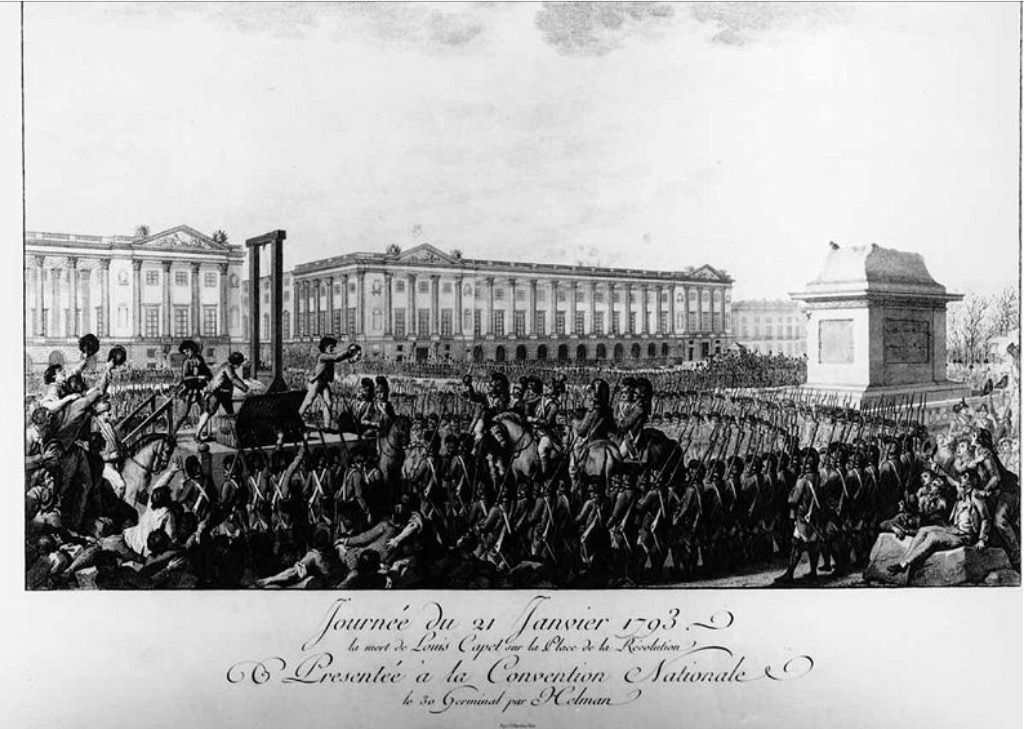

 Reply With Quote
Reply With Quote
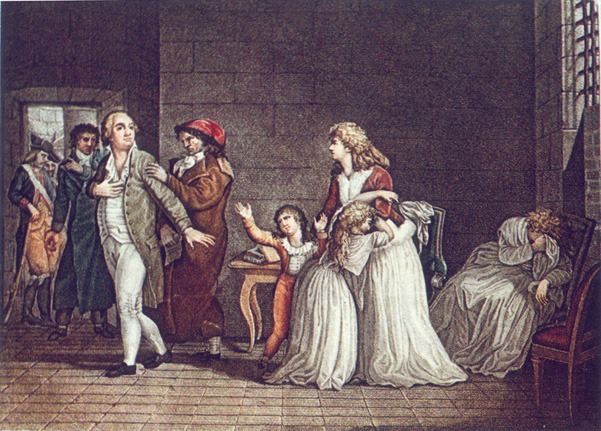

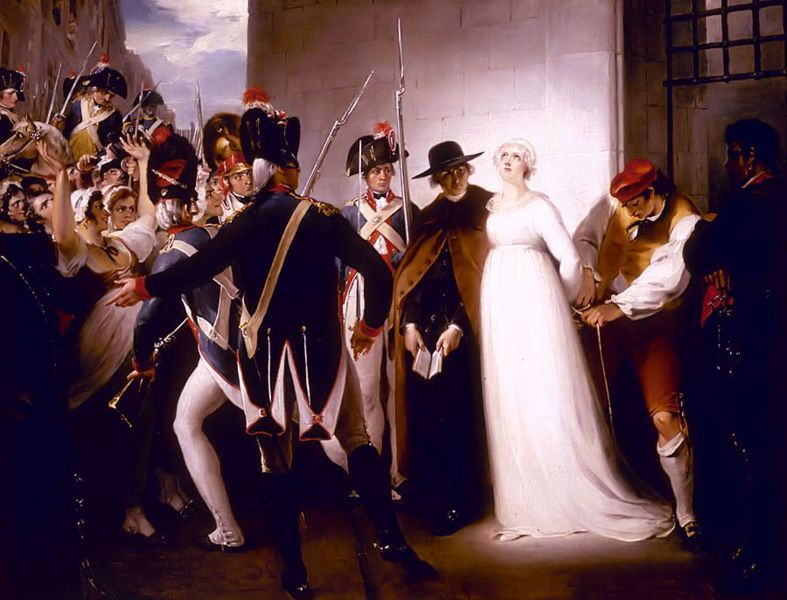
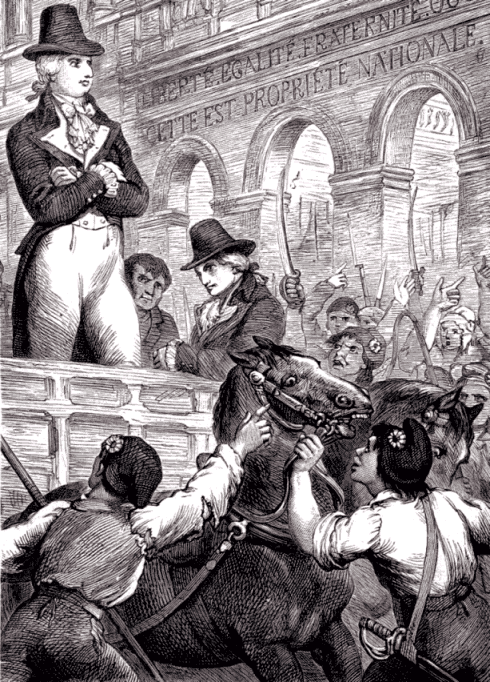

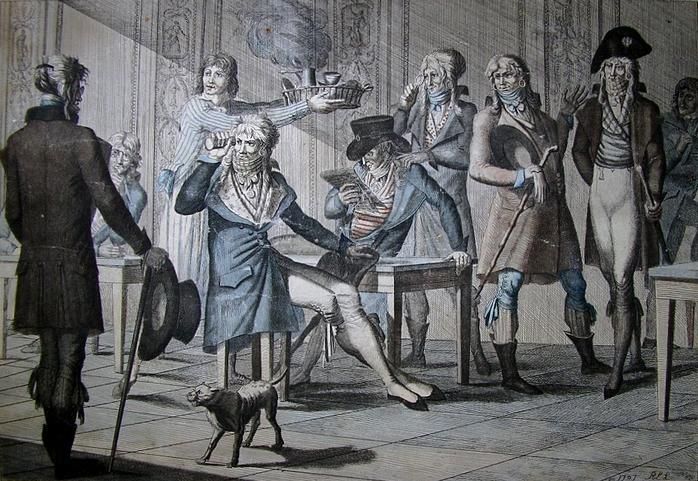
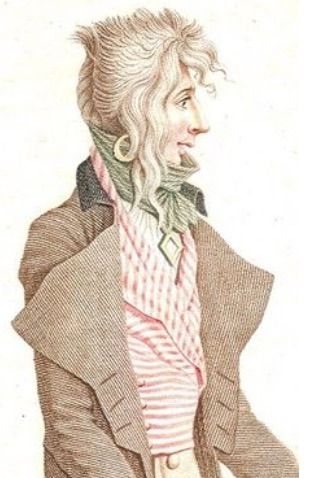
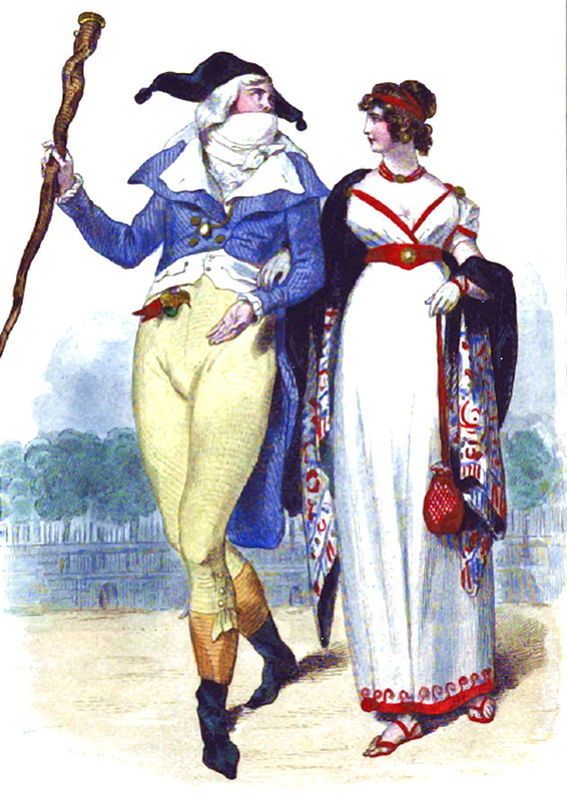
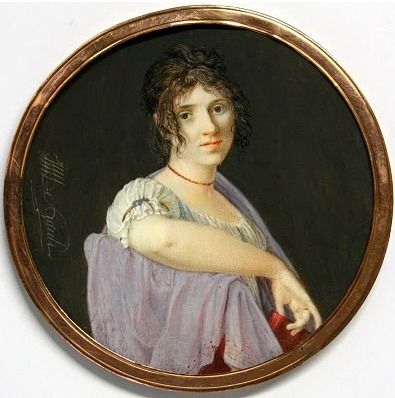
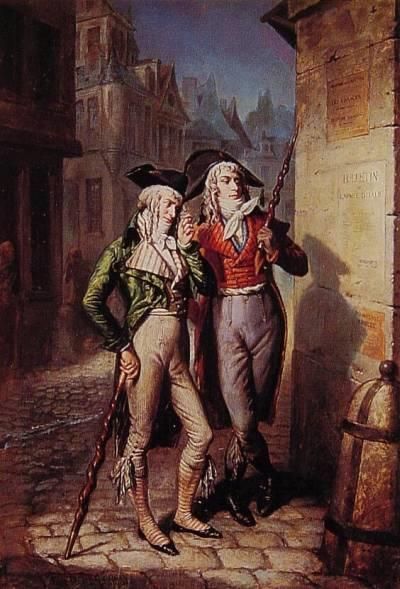





Bookmarks